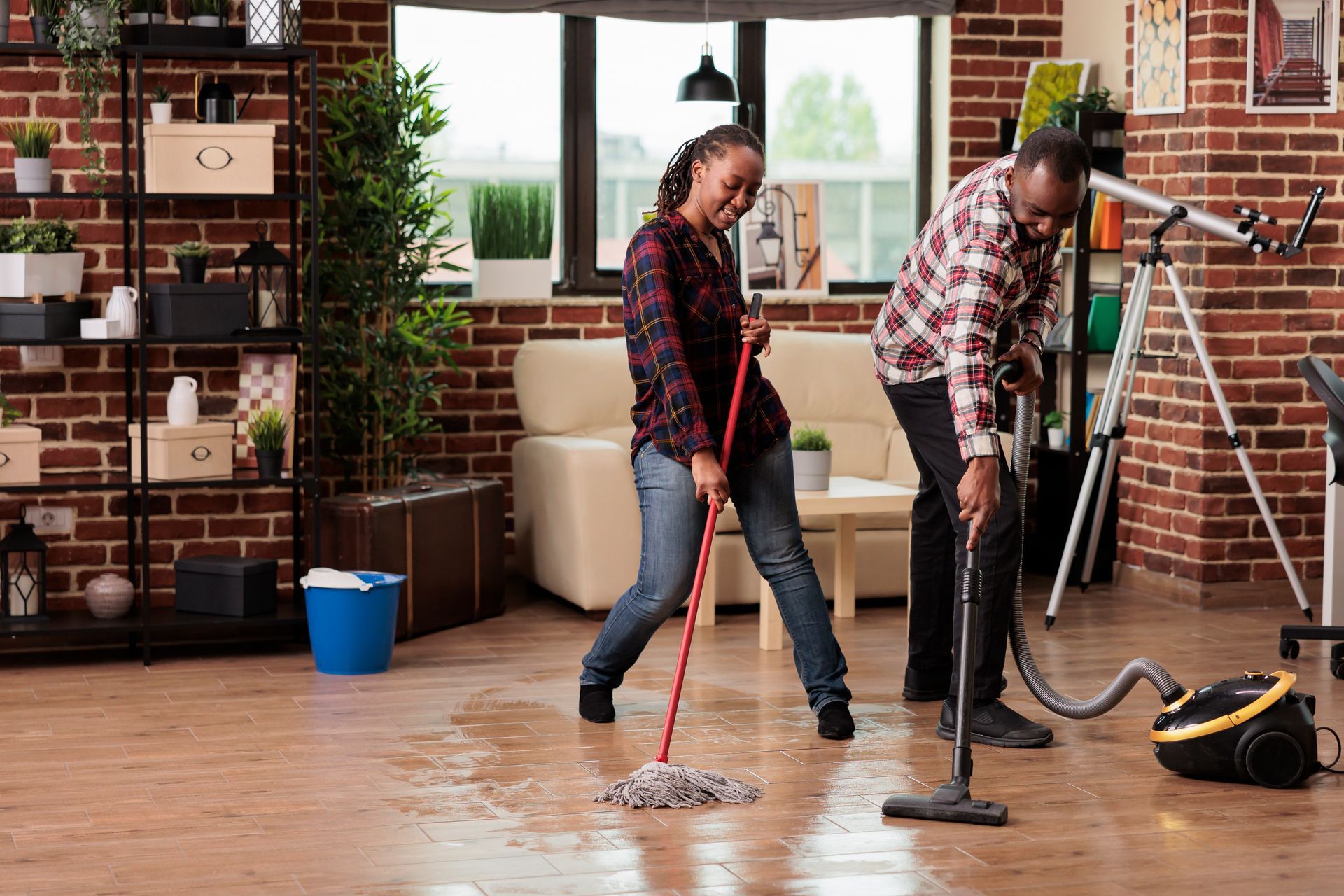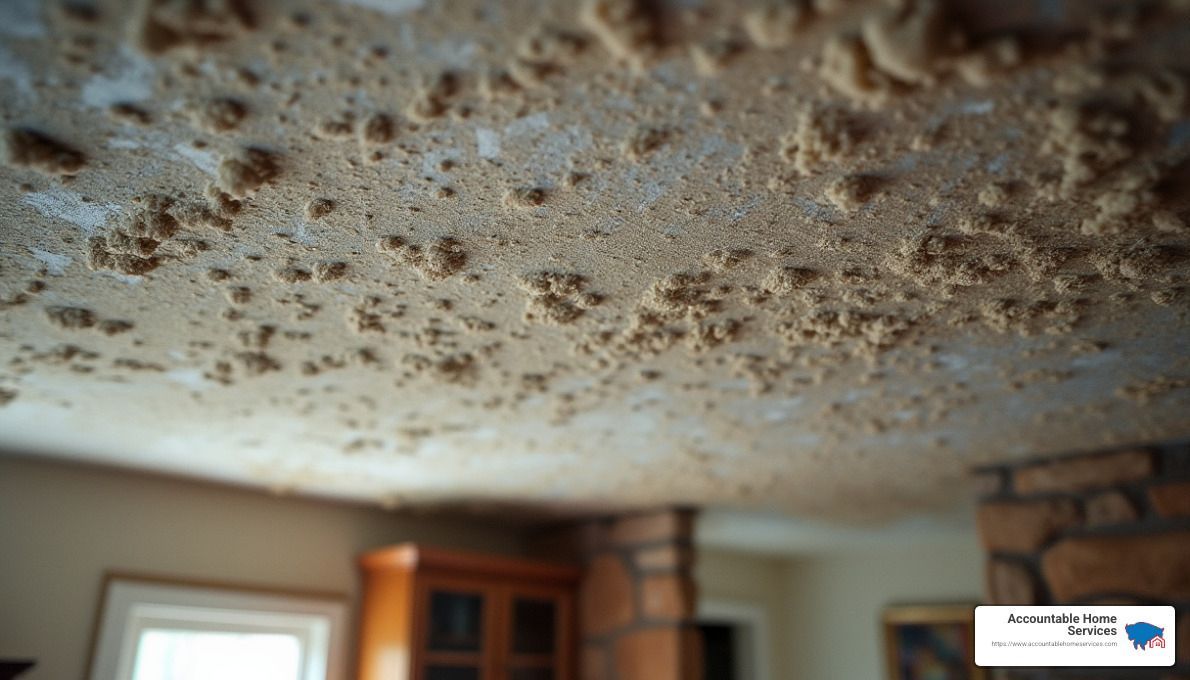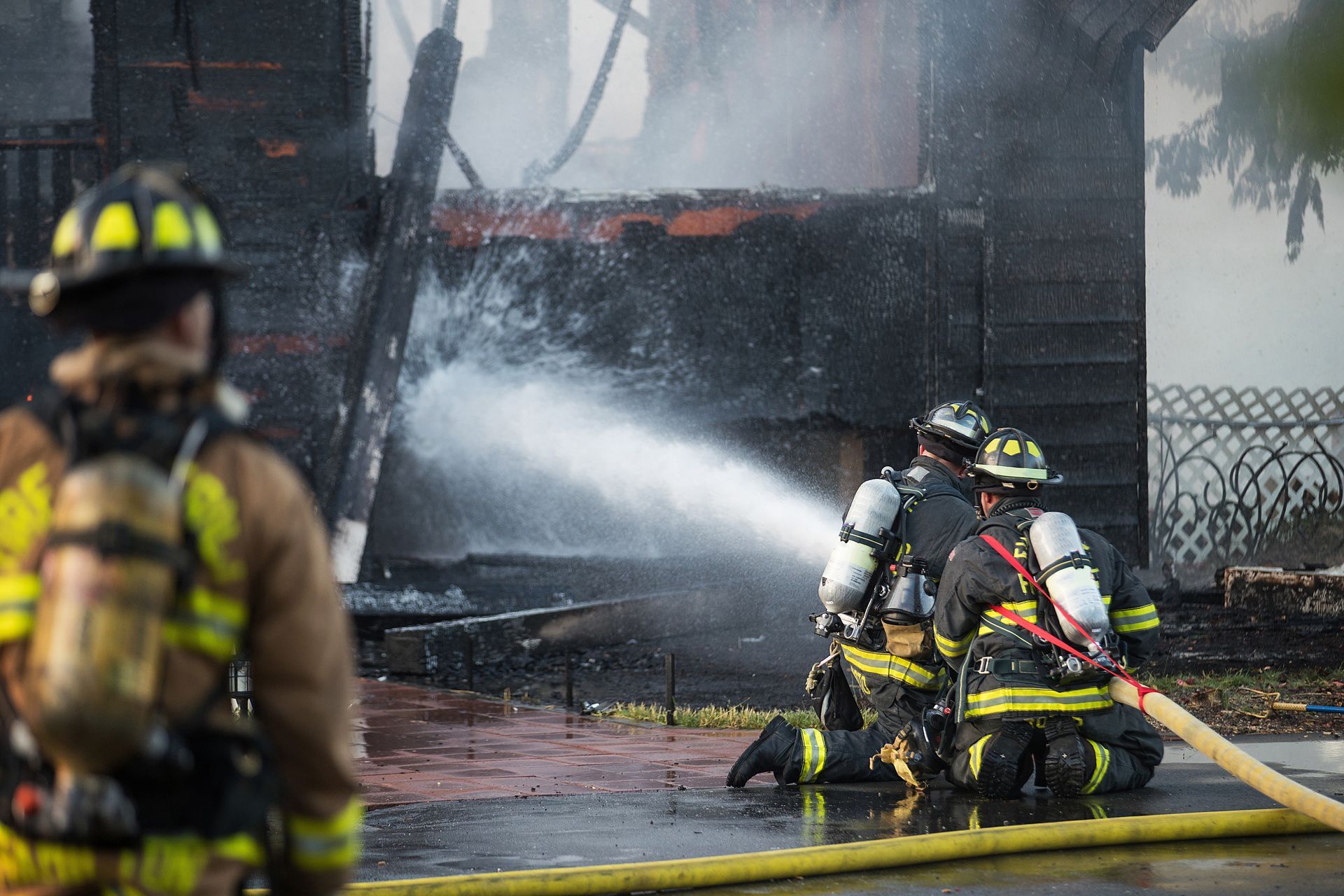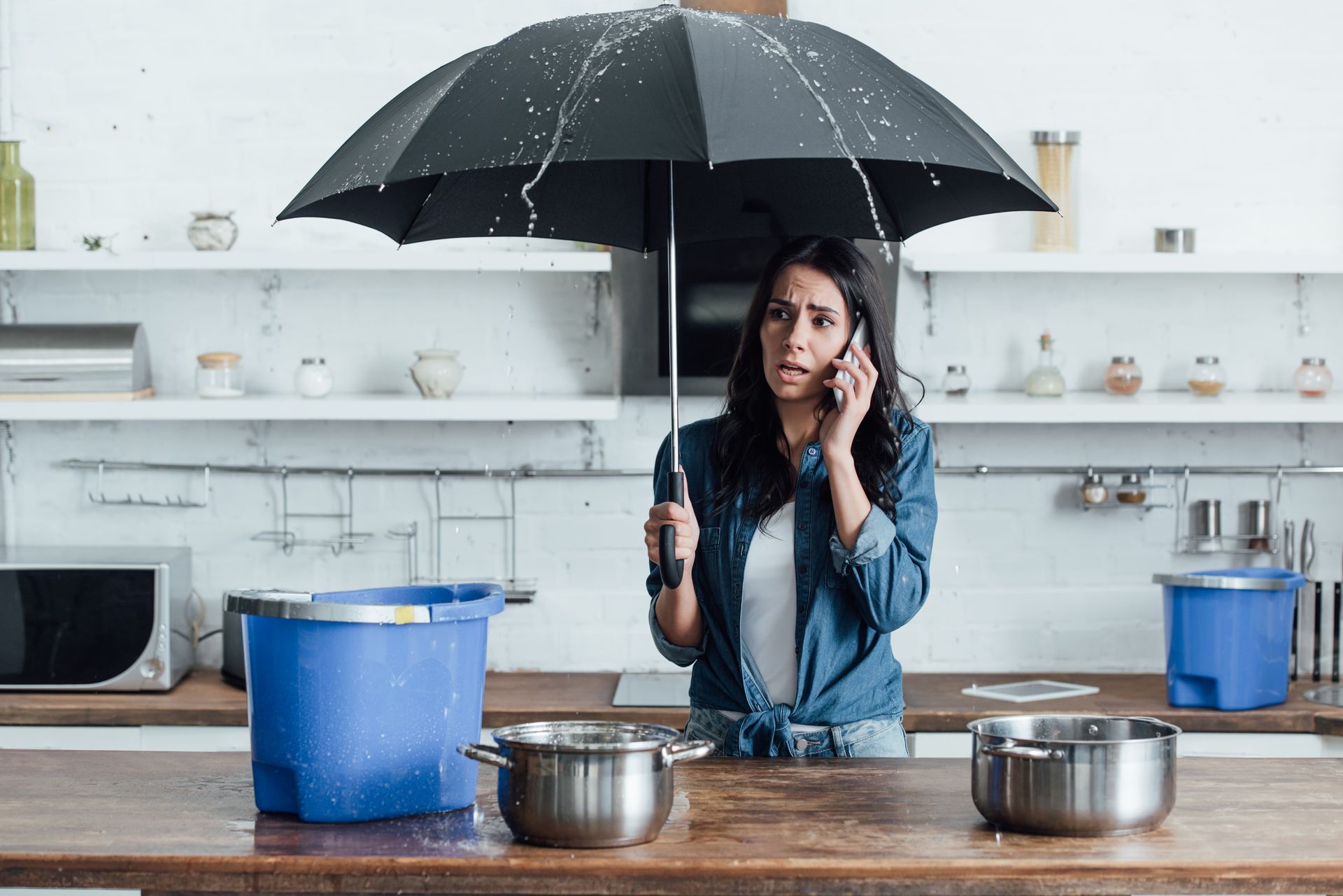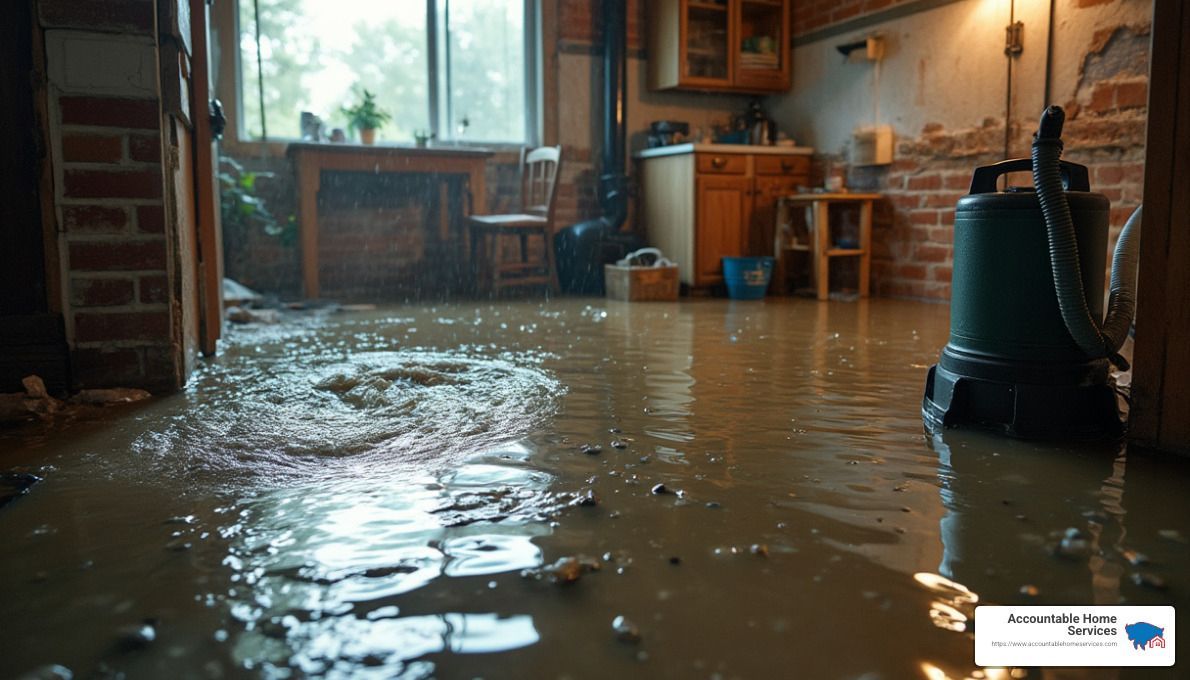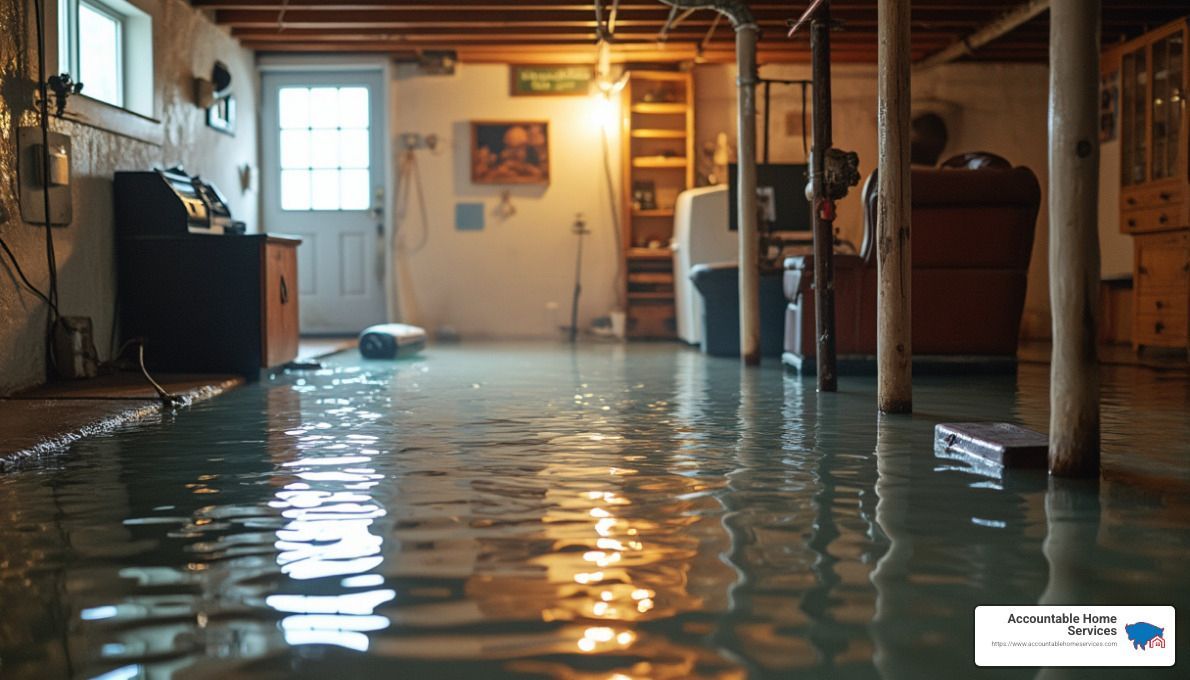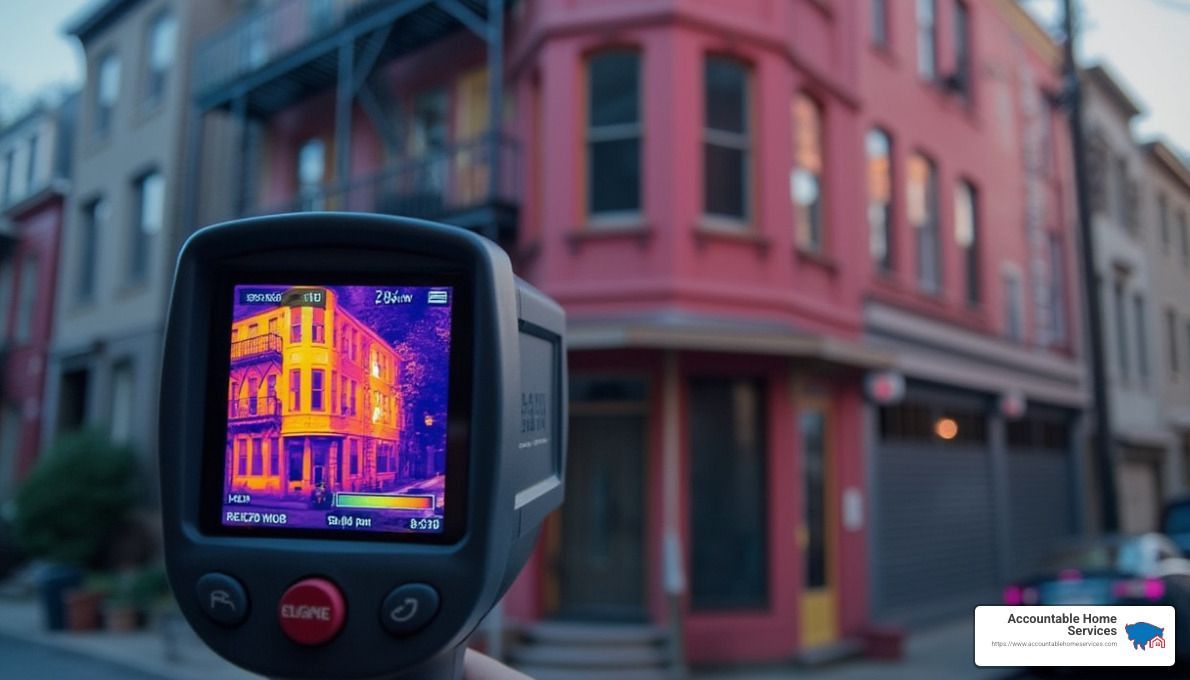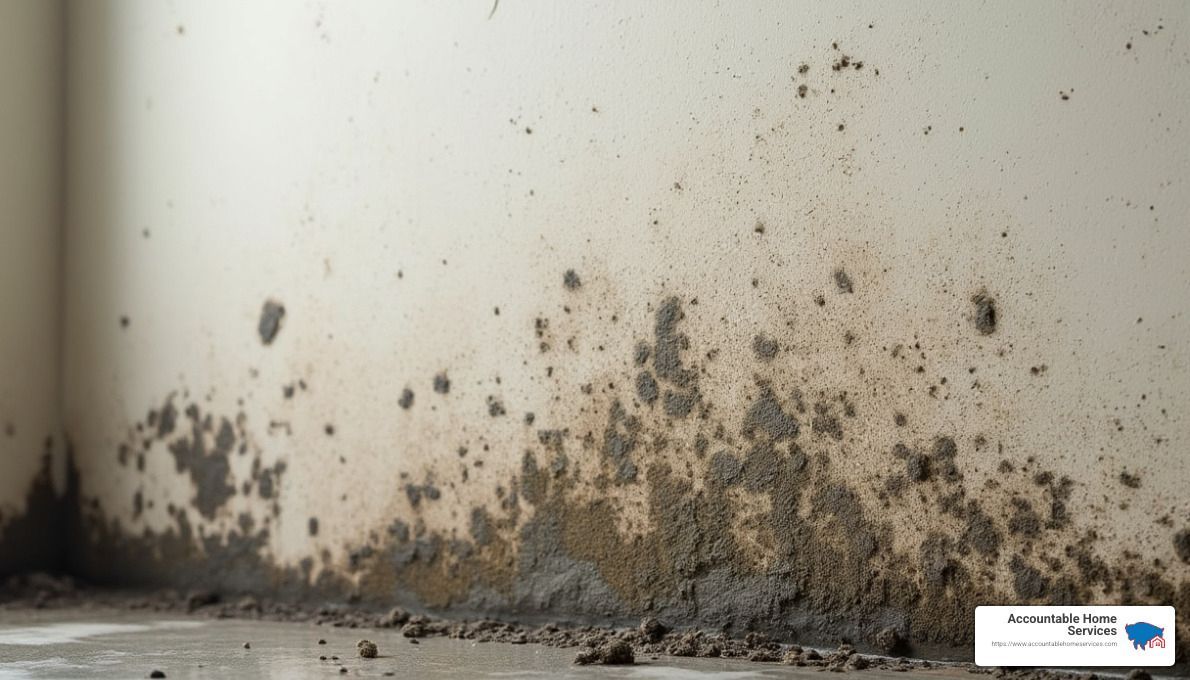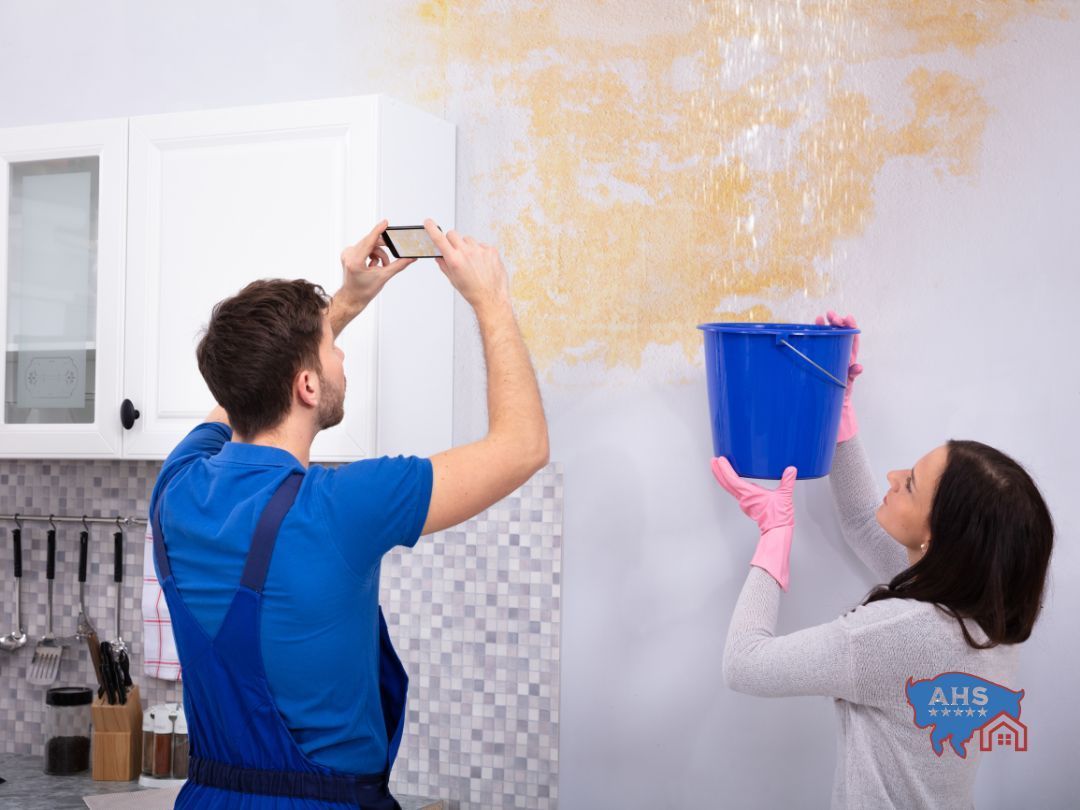Serving Broomfield, Westminster, and Denver Metro Area
Make the first call the
right
call
Blog
How the Right Water Damage Restoration Equipment Helps Denver Homes
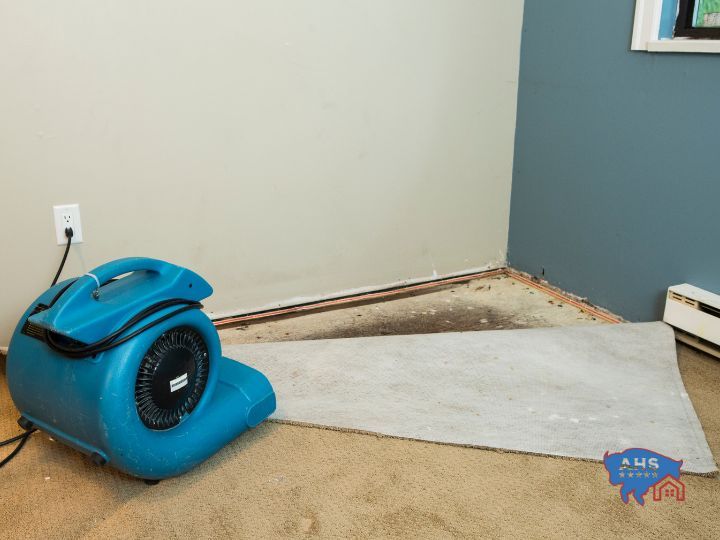
Water damage can strike Denver homes without warning—whether from a burst pipe, a flooded basement, or an unexpected storm. When disaster hits, homeowners are often left overwhelmed, unsure of what to do next. The key to recovering quickly and minimizing damage is using the right water damage restoration equipment. Without the proper tools, water can seep deeper into walls, floors, and furniture, leading to mold growth and costly repairs.
A homeowner in Denver recently called us after their basement flooded due to a broken water heater. They had tried using towels and a household fan, but the water had already soaked into the carpet and drywall. By the time we arrived with industrial-strength drying equipment, mold had already started to form. If they had access to the right restoration tools earlier, they could have prevented further damage and saved thousands of dollars in repairs. This case highlights the importance of having the right equipment for water damage restoration.
According to the Federal Emergency Management Agency (FEMA), just one inch of standing water can cause up to $25,000 in property damage. That’s why professional-grade restoration equipment is essential for quick and effective drying. Below, we’ll cover the nine must-have tools that professionals use to restore homes after water damage in Denver.
Why Is Water Damage Restoration Equipment Important?
Water damage restoration isn’t just about removing water—it’s about preventing long-term structural damage and health risks like mold growth. If water isn’t extracted properly, it can lead to warped flooring, weakened drywall, and lingering odors. Additionally, stagnant water creates a breeding ground for bacteria, which can pose serious health risks to homeowners.
The right equipment helps to:
- Speed up drying time to prevent mold growth and bacterial contamination.
- Ensure deep water extraction from carpets, floors, and walls, reducing the risk of hidden moisture pockets.
- Minimize repair costs by stopping damage before it spreads beyond the affected area.
Whether you're a homeowner trying to salvage your property or a professional restoration company responding to an emergency, these nine essential tools make all the difference in water damage recovery.
9 Must-Have Water Damage Restoration Equipment
Restoration professionals use specialized equipment to extract water, dry surfaces, and prevent further damage. Each tool plays a critical role in ensuring a complete and thorough restoration process.
Moisture Meters
A moisture meter is one of the first tools a professional will use to assess water damage. These devices detect hidden moisture inside walls, ceilings, and floors that the naked eye cannot see.
- Pin-type moisture meters measure moisture deep inside materials like drywall and wood.
- Pinless moisture meters are great for large areas where non-invasive moisture detection is necessary.
Without moisture meters, water damage may go undetected, leading to long-term structural problems and mold growth.
Industrial Water Extractors
Water extractors remove large amounts of standing water quickly, which is crucial in preventing damage from spreading. These machines are significantly more powerful than household wet/dry vacuums and can handle deep water saturation.
- Truck-mounted extractors are ideal for major flooding and large-scale restoration projects.
- Portable extractors are best for smaller areas and locations with limited accessibility.
Fast water removal prevents floors, furniture, and walls from absorbing excess moisture, which can cause irreversible damage.
Air Movers (High-Velocity Fans)
After standing water is removed, the drying process begins. Air movers play a vital role in drying carpets, walls, and hardwood floors by increasing airflow and speeding up evaporation.
- High-powered air movers push air across wet surfaces, allowing moisture to evaporate faster.
- Placing air movers at the right angles ensures even and effective drying.
Using air movers reduces drying time from days to just a few hours, significantly minimizing the risk of mold formation.
Dehumidifiers
In a water-damaged home, high humidity levels can lead to further moisture problems. Dehumidifiers pull excess moisture from the air, making the drying process more efficient.
- Refrigerant dehumidifiers are commonly used for everyday drying and help remove moisture from damp indoor air.
- Desiccant dehumidifiers are more effective for extreme water damage cases, particularly in colder conditions.
By controlling humidity, dehumidifiers prevent mold growth and reduce the likelihood of secondary damage to furniture and walls.
HEPA Air Scrubbers
Water damage often leads to poor indoor air quality due to airborne mold spores, bacteria, and dust. HEPA air scrubbers filter out contaminants, ensuring a safer environment for homeowners and restoration professionals.
- HEPA filters trap microscopic particles, preventing the spread of mold and bacteria.
- Air scrubbers improve air quality by removing musty odors and allergens.
Thermal Imaging Cameras
Finding hidden moisture is one of the biggest challenges in water damage restoration. Thermal imaging cameras use infrared technology to detect temperature differences in wet and dry materials, helping professionals locate moisture pockets without tearing down walls.
- These cameras allow for non-invasive moisture detection.
- They help prevent future mold growth by ensuring all hidden moisture is addressed.
Hygrometers
A hygrometer measures the humidity levels in a home. By monitoring humidity, professionals can determine when an area is fully dry and safe from mold growth.
- Digital hygrometers provide real-time humidity readings, ensuring accurate moisture control.
- Restoration teams use hygrometers to verify that drying efforts have been successful before completing the job.
Disinfectants and Antimicrobial Treatments
After water damage, bacteria and mold spores can start growing within 24 to 48 hours. Professional restoration teams use EPA-approved disinfectants and antimicrobial solutions to kill bacteria, eliminate odors, and prevent mold infestations.
- These treatments ensure carpets, walls, and furniture remain safe and mold-free.
- Antimicrobial solutions help prevent future contamination.
Floor Mat Drying Systems
For homes with hardwood flooring, floor mat drying systems are essential. These specialized mats create a vacuum seal to suck out water trapped beneath wood floors, preventing warping and costly replacements.
- They preserve the integrity of hardwood flooring, saving homeowners from expensive repairs.
- Floor mats accelerate the drying process without requiring full floor removal.
How the Right Equipment Speeds Up Water Damage Restoration
When water damage happens, time is critical. The longer moisture sits, the more damage it causes. Here’s how the right equipment helps:
- Faster Response Time – Industrial extractors remove water quickly, preventing further damage.
- Efficient Drying – Air movers and dehumidifiers speed up evaporation and moisture removal.
- Prevention of Mold Growth – HEPA air scrubbers and disinfectants ensure the environment stays safe and clean.
- Accurate Moisture Detection – Thermal imaging and hygrometers prevent future problems by ensuring complete dryness.
Without the proper tools, drying a flooded home can take weeks—but with professional water damage restoration equipment, homes can be restored in a matter of days.
Frequently Asked Questions
1. Can I handle water damage restoration on my own?
While small leaks can be managed with household tools, significant water damage requires professional-grade equipment to prevent mold growth and structural issues. Without industrial extractors and dehumidifiers, moisture can remain trapped in walls and floors, leading to costly repairs later.
2. How long does it take to dry out a home after water damage?
The drying process depends on the severity of the damage, the materials affected, and the equipment used. With professional air movers and dehumidifiers, most homes can be dried within 3 to 5 days, while more severe cases may take longer.
3. Will water damage restoration equipment remove mold as well?
Water damage restoration tools, such as HEPA air scrubbers and antimicrobial treatments, can help prevent mold growth, but existing mold colonies require specialized mold remediation. If mold has already formed, professional removal may be necessary.
4. Is it safe to stay in my home during the water damage restoration process?
It depends on the extent of the damage. If only a small area is affected and proper drying and dehumidification are in place, it may be safe to remain at home. However, for large-scale flooding or contamination, temporary relocation might be recommended to ensure safety.
How Accountable Home Services Can Help You
At Accountable Home Services, we specialize in professional water damage restoration in Denver, CO. Our team is equipped with state-of-the-art tools to extract water, dry affected areas, and prevent mold growth. Whether you're dealing with a burst pipe, storm damage, or an appliance leak, we have the expertise and equipment to restore your home quickly and effectively.
Visit us at: 1347 E 73rd Ave, Denver, CO 80229
Call us today: (720) 620-3272
Don't let water damage ruin your home—contact us today for a free consultation!
SERVICE AREA
SERVING BROOMFIELD, WESTMINSTER, AND DENVER METRO AREA
Accountable Home Service services all of Denver Metro Area.
Below are some of the most common cities we work in!
SERVICE AREA
Don’t see your service area? We May still service your location. To know for sure, give us a call 720-620-3272 or complete the form on our contact Page and we’ll let you know.
100+ Clients Served
WHY CHOOSE US
What Makes Us The Accountable Home Services?
Family Owned
Proudly family-owned and operated, our company brings the values of service, integrity, and excellence to every job. We understand the importance of trust and reliability, especially when it comes to home restoration.
100% Free Estimates
We offer no-obligation, 100% free estimates to ensure you can plan your restoration with complete financial transparency. Our assessments are thorough, honest, and always upfront.
Fast Response Times
Rapid response is crucial in a crisis, and our team is committed to being there swiftly to minimize damage. We're ready around the clock, ensuring your emergency is tackled with urgency.
IICRC & IRI Certified
Each service is performed by our licensed and certified professionals, ensuring industry-standard quality. We pride ourselves on a skilled team equipped to handle your restoration needs expertly and efficiently.

CONTACT US
Get a Free Estimate Today
Contact us today at 720-620-3272 for all your restoration and clean-up needs in Denver, CO, and the surrounding areas.
CONTACT DETAILS
Phone:
Accountable Home Services
Accountable Home Services is a trusted national leader in the disaster restoration industry. Accountable Home Services currently has open opportunities nationwide.
IICRC Certified
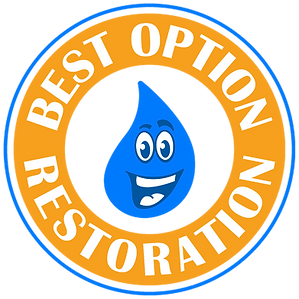
Schedule an Appointment 24/7
We’re here to help with your restoration and clean-up needs around Denver, CO, and nearby areas. Reach out to our team 24/7 for prompt, professional service tailored to your situation or call 720-620-3272
Contact Us
We will get back to you as soon as possible.
Please try again later.

